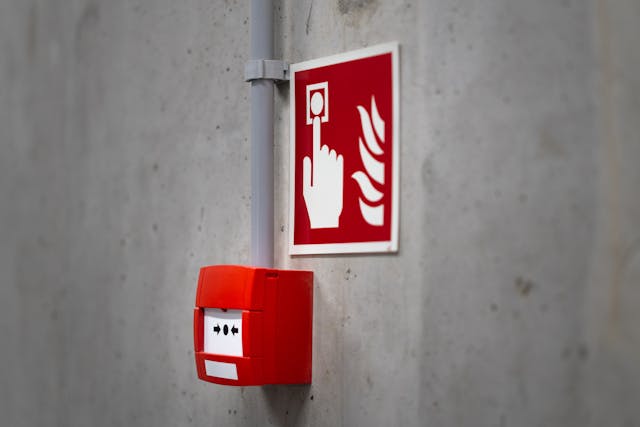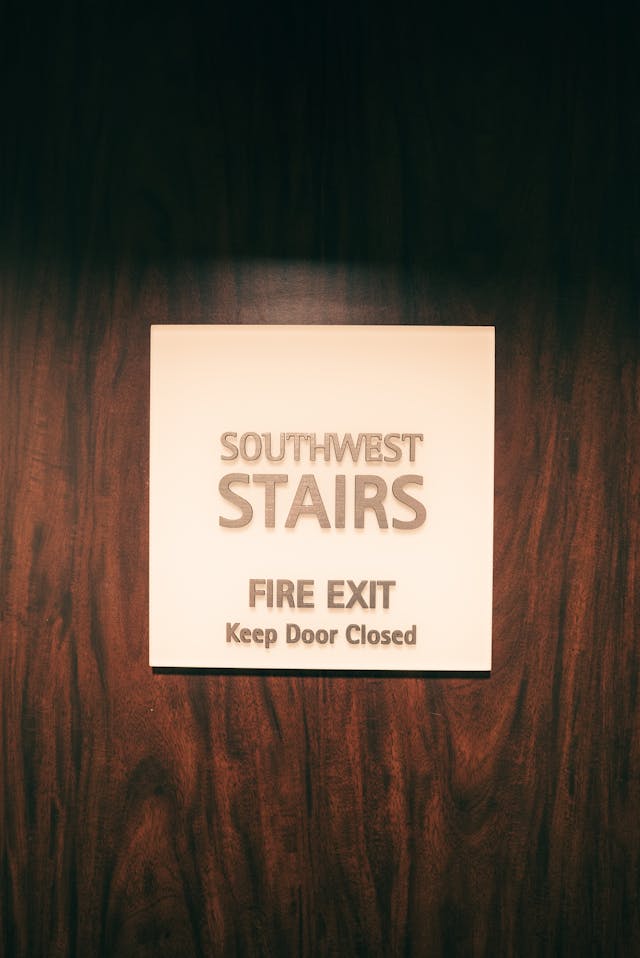The Importance of Regular Fire Drills and Evacuation Planning
Regular fire drills and thorough evacuation planning are essential components of a comprehensive fire safety strategy. Ensuring the safety of occupants during a fire emergency requires more than just having fire suppression systems in place. In this blog post, we will discuss the importance of conducting regular fire drills and having a well-thought-out evacuation plan to ensure the safety of everyone in your building.

Benefits of Regular Fire Drills
Familiarization with Evacuation Routes
Regular fire drills help occupants become familiar with the designated evacuation routes and exits. Benefits include:
- Reducing confusion and panic during an actual fire emergency.
- Ensuring everyone knows the safest and quickest way to exit the building.
- Identifying any obstacles or issues with the evacuation routes.
Improving Response Times
Practicing fire drills helps improve the speed and efficiency of evacuations. Key advantages include:
- Reducing the time it takes for occupants to evacuate the building safely.
- Ensuring that everyone, including those with mobility challenges, can exit promptly.
- Allowing emergency response teams to refine their procedures and response times.
Testing Emergency Systems
Fire drills provide an opportunity to test and evaluate the functionality of emergency systems. Important aspects include:
- Ensuring that fire alarms and notification systems work correctly.
- Checking that emergency lighting and exit signs are operational.
- Verifying that fire doors and other safety features function as intended.
Key Elements of an Effective Evacuation Plan
Clear Evacuation Routes
A well-designed evacuation plan includes clearly marked evacuation routes. Key considerations include:
- Ensuring that routes are free of obstructions and easily accessible.
- Providing clear signage to guide occupants to the nearest exits.
- Designating primary and secondary evacuation routes in case of blockages.
Assembly Points
Designating safe assembly points outside the building is crucial for accounting for all occupants. Important factors include:
- Choosing assembly points that are a safe distance from the building.
- Ensuring that assembly points are easily accessible and not obstructed.
- Providing clear instructions on where occupants should go once they exit the building.
Roles and Responsibilities
An effective evacuation plan assigns specific roles and responsibilities to ensure an organized evacuation. Key roles include:
- Evacuation Coordinators: Individuals responsible for overseeing the evacuation and ensuring that all occupants are accounted for.
- Floor Wardens: Designated personnel on each floor to guide occupants to the exits and assist with evacuations.
- First Aid Responders: Trained individuals who can provide first aid to injured occupants.
Training and Education
Employee Training
Training employees on fire safety and evacuation procedures is essential for ensuring a safe and efficient response during an emergency. Training should cover:
- Recognizing the sound of the fire alarm and understanding its significance.
- Knowing the designated evacuation routes and assembly points.
- Understanding their roles and responsibilities during an evacuation.
Regular Fire Drills
Conducting regular fire drills reinforces the training and helps occupants become comfortable with the evacuation process. Best practices include:
- Scheduling fire drills at regular intervals to maintain preparedness.
- Evaluating the effectiveness of each drill and making necessary improvements.
- Incorporating feedback from employees to enhance the evacuation plan.
Compliance with Regulations
Meeting Safety Standards
 Regular fire drills and evacuation planning are often required by local fire safety codes and regulations. Compliance ensures:
Regular fire drills and evacuation planning are often required by local fire safety codes and regulations. Compliance ensures:
- Meeting legal requirements and avoiding fines or penalties.
- Ensuring that the building is prepared for a fire emergency.
- Providing peace of mind to occupants and building owners.
Documentation and Record Keeping
Maintaining records of fire drills and evacuation plans is essential for demonstrating compliance. Key steps include:
- Documenting the details of each fire drill, including the date, time, and any issues identified.
- Keeping records of employee training and education sessions.
- Ensuring that all documentation is easily accessible for regulatory inspections.
Fire Drills and Evacuation Planning: Conclusion
Regular fire drills and thorough evacuation planning are critical components of a comprehensive fire safety strategy. By ensuring that occupants are familiar with evacuation routes, improving response times, testing emergency systems, and complying with regulations, you can enhance the overall safety of your building.
At F2M Fire & Drafting Designs Inc., we specialize in helping businesses develop design fire sprinkler and emergency systems. Contact us today to schedule a consultation and ensure your building is prepared for any fire emergency.
F2M Fire & Drafting Designs Inc.
31 South Street, Suite 3S-4
Mount Vernon, NY 10550
718-928-3009
info@f2mfadds.com
